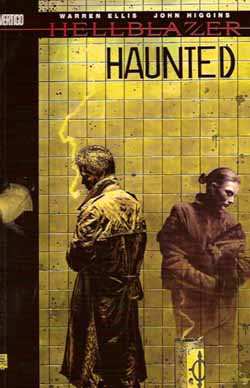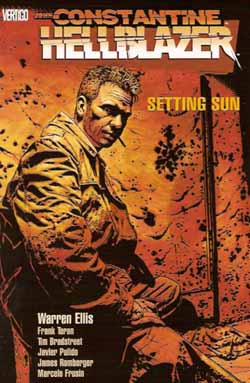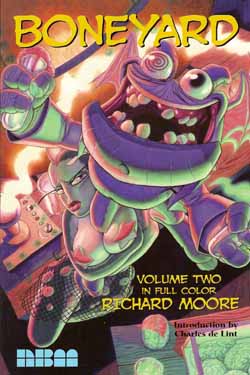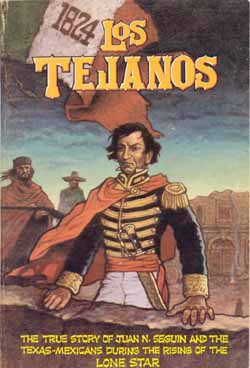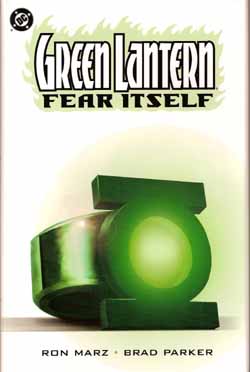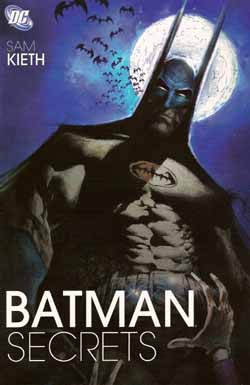HELLBLAZER: HAUNTED
ISBN 1-84023-362-1-
HELLBLAZER: SETTING SUN
ISBN 1-84023-923-9
By Warren Ellis & various (Vertigo)
Warren Ellis is an iconoclastic writer and very much a “big draw†at the moment and his short run on this venerable, not to say inconsistent, horror standby was long overdue for collection. It can’t have hurt to see the tag “major motion picture†finally applied to the guy either – Constantine that is, not Ellis.
Of the film I shall say nothing, but these two slim volumes, reprinting issues #134 – 143, show the character at his best. By turns sardonic and pathetic, vicious and vulnerable, John Constantine is perhaps comics’ most human hero, and in Haunted he returns to London to find one of his few fond memories destroyed and desecrated by an upstart wizard who has a nasty line in Sex Magic. A brand new cast of “old friends†come and go in a bloody welter before the world is put to rights, Constantine-fashion. The art is by the splendid, and always impressive, John Higgins.
Setting Sun is a series of single issue stories that highlight different aspects of a very, very complex character. Locked, illustrated by Frank Terhan, gives new meaning to the phrase ‘locked room mystery’, as well as initiating a new relationship for Constantine and the police, whilst The Crib, drawn by Tim Bradstreet, looks at a different kind of magic.
Javier Pulido handles the art on Setting Sun, a grisly exorcism tale. James Romberger draws a bittersweet romantic recollection, Hellblazer –style in One Last Love Song, and Telling Tales concludes the fear-fest, as Marcelo Frusin depicts a tense night’s drinking for Constantine and a new, if temporary, friend. For fans, these must represent Hellblazer at its gruesome best, but as an introduction to new readers brought in by the magic of celluloid, they are an invaluable insight into how the character should be played.
Both volumes © 1999, 2004 DC Comics

